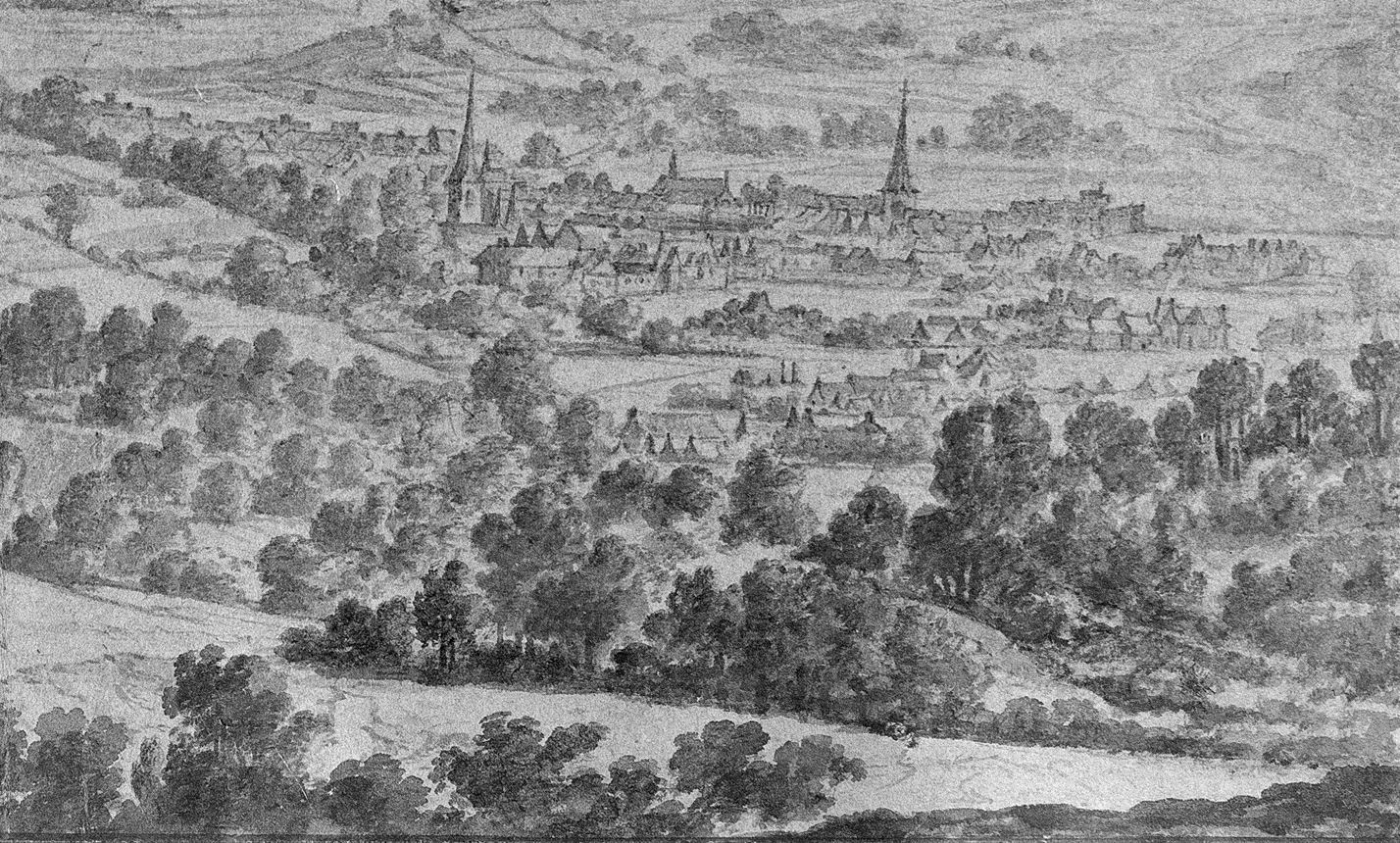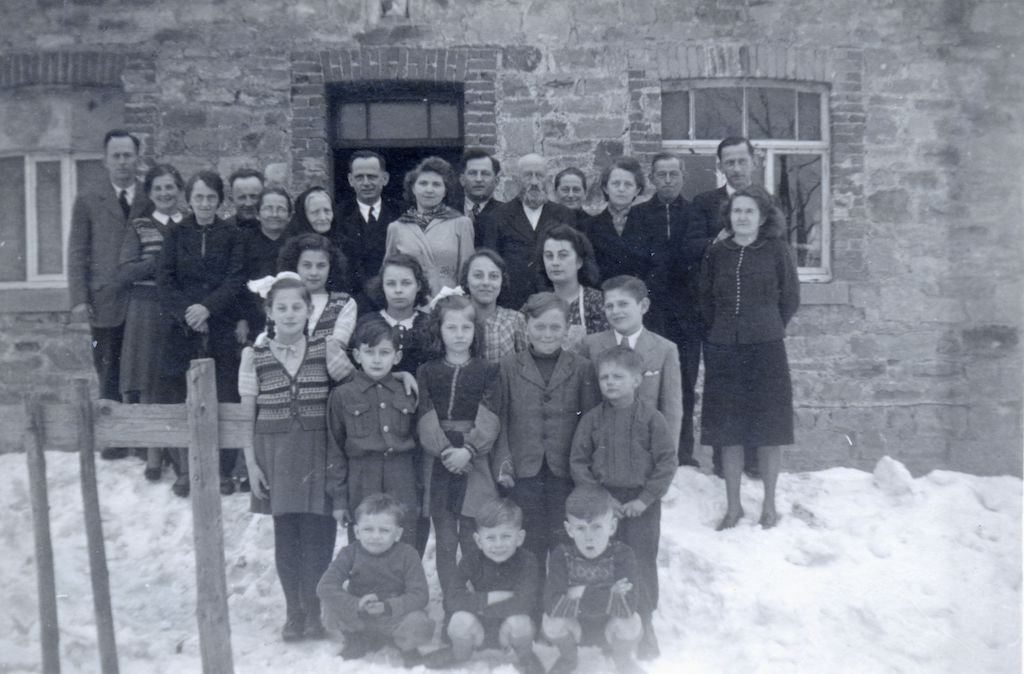3 March was thus a day of joy. The grandfather had invited the whole family to this special celebration. Although the Chavets’ home village had been largely destroyed during the Battle of the Bulge, all the sons and family members had survived the war. This were an exception in the region. Out of approximately 8,800 East Belgian soldiers, 3,200 men were killed in action or went missing. Numerous civilians were injured or killed. Many children grew up fatherless in the years that followed.
What the men, women and children in this picture were thinking about war and peace at the moment the picture was taken, we do not know. What is known is that the first son, Franz, had already served in the First World War. He was a pacifist, presumably because of the brutal experience of the war.
Today, many statesmen of great nations present war again as a normal means of politics. The balance of power during the Cold War era has been clearly disturbed since the 1990s at the latest. Numerous regional conflicts are being fought out extremely brutally (e.g. in Syria).
Experiences with war today are highly diverse: Russians point out that their country has almost always been at war in the past five decades. They fought in Afghanistan (with 15,000 Russian soldiers killed), Chechnya, Crimea, Ukraine and Syria, among others. The US Army also intervened almost worldwide, also without interruption, in countless conflicts, such as in Iraq (4,411 soldiers killed) or Afghanistan (2,346 soldiers killed).
In Europe, on the other hand, there have only been isolated wars for over 70 years. They turned south-eastern Europe into a shattered part of the ‘ideal world’ with tens of thousands left dead. At the same time, European states are still carrying war into the world. In the last ten years, 122 German soldiers have been killed in the line of duty, and 252 Belgian soldiers have been killed since 1945. Do we in Western Europe still have the feeling at all that peace is by no means a matter of course, but hard, daily political work to which everyone should contribute?
Carlo Lejeune
From ZVS, 2017/06, pp. 140-141.
NB: This piece was written and published several years before the Russian government decided to escalate its war in Eastern Ukraine to full-scale, all-out war against the entire country.
Lesetipp:
Philipp Beck, Bernhard Liemann, Peter M. Quadflieg, René Rohrkamp, „Vom europäischen Krieg zum Weltkrieg. Militär und Kriegserfahrung während 130 Jahren“, in: Carlo Lejeune (Hg.), Grenzerfahrungen. Eine Geschichte der Deutschsprachigen Gemeinschaft Belgiens, Bd. 3: Code civil, beschleunigte Moderne und Dynamiken des Beharrens (1794-1919), Eupen 2016, S. 50-74.

